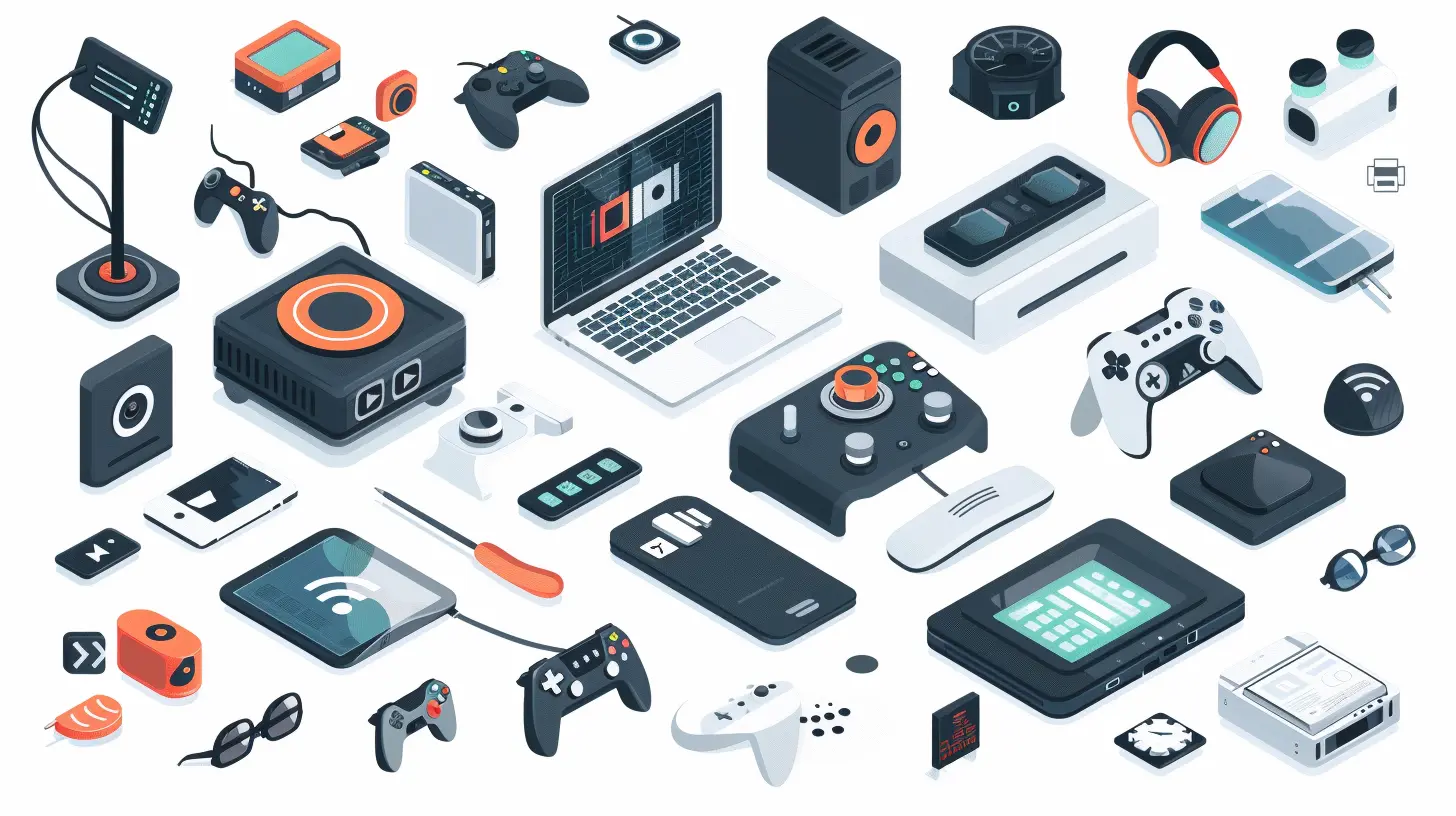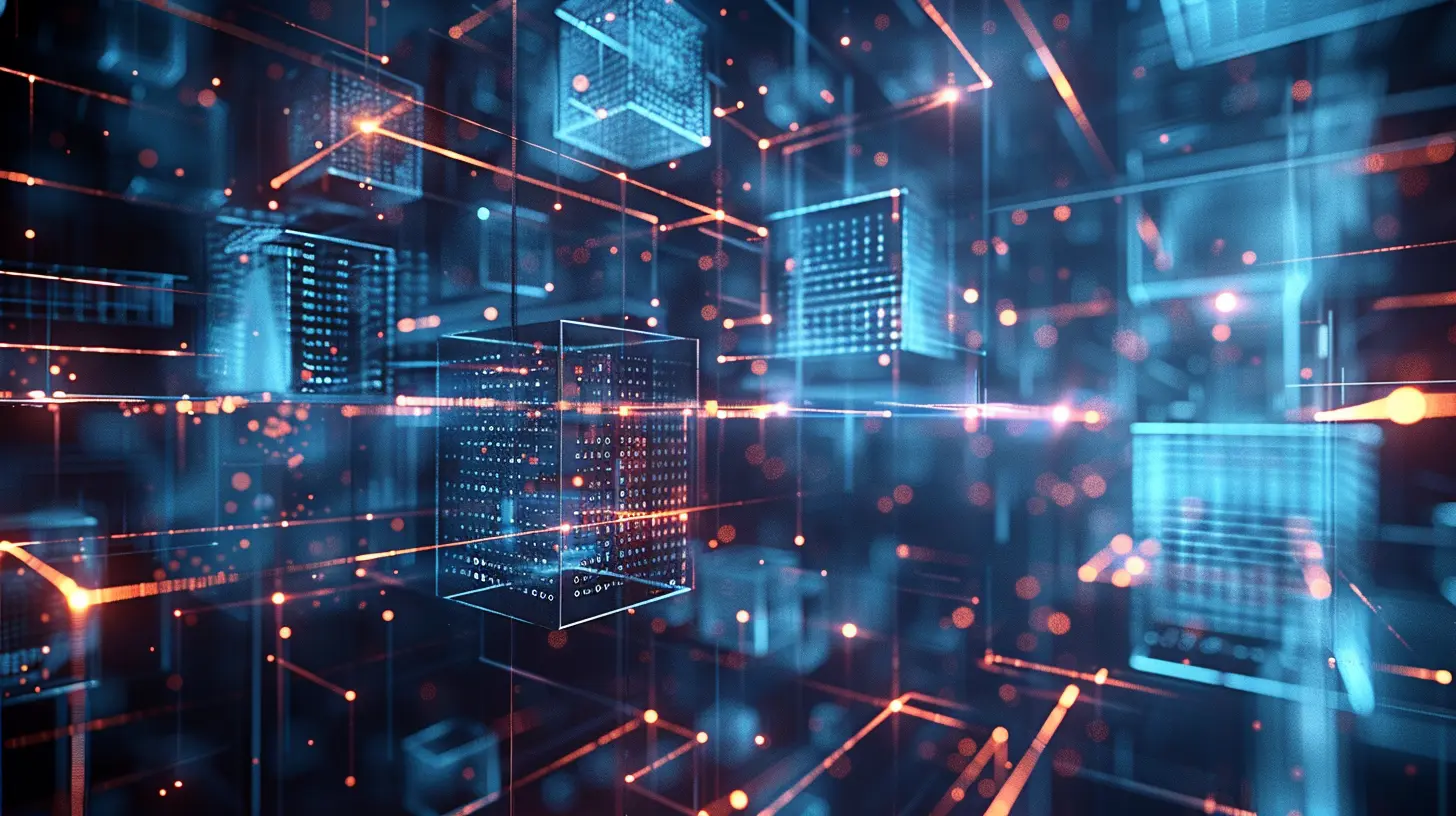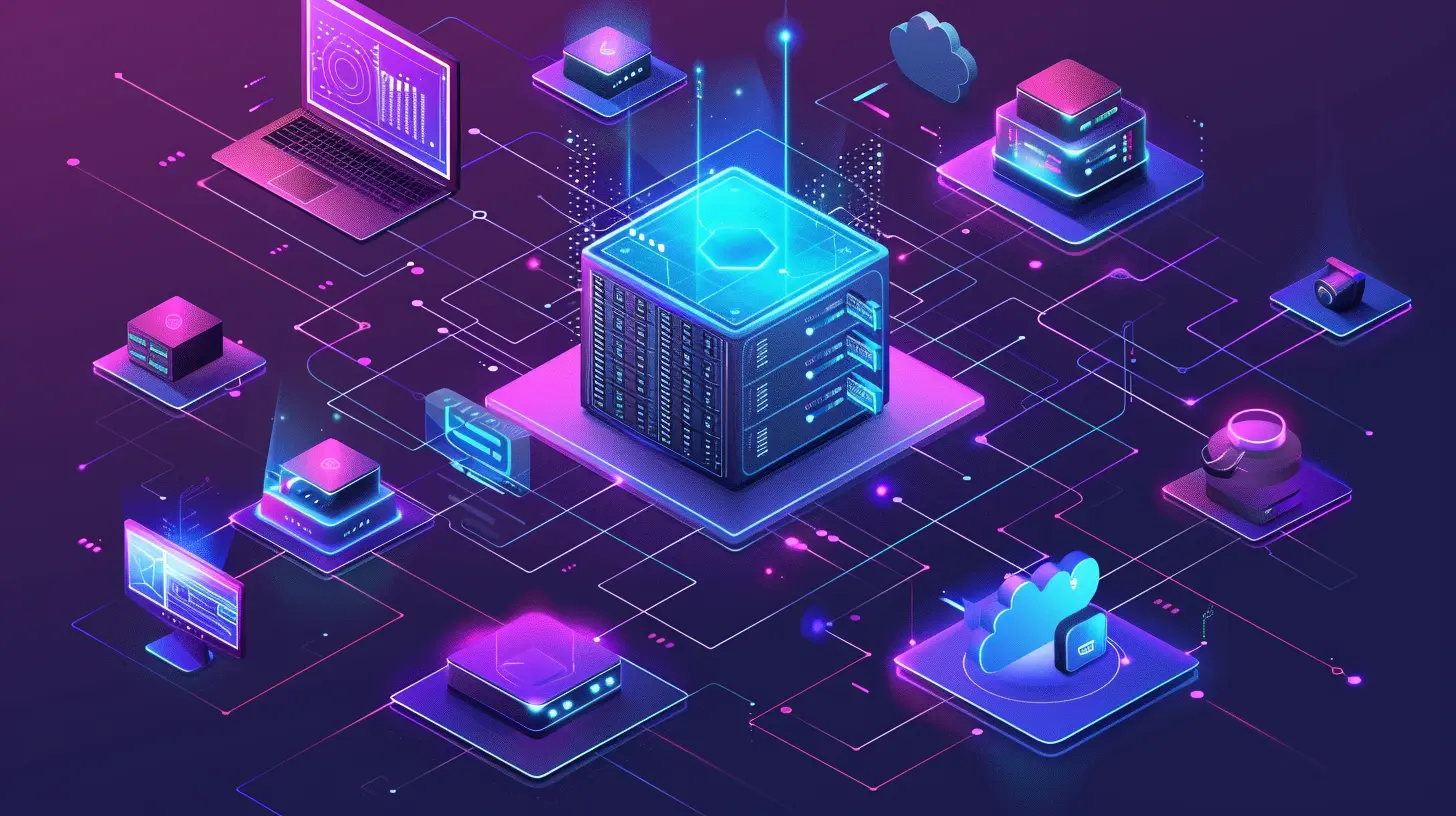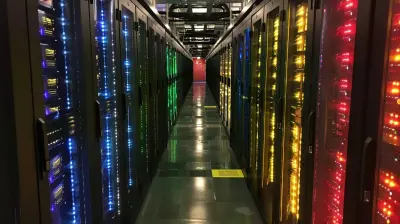How Edge Computing Is Changing the Game for IoT Devices
18 May 2025
The world of technology is evolving at breakneck speed, and one of the most exciting advancements we’re witnessing is edge computing. If you’re into IoT (Internet of Things) devices, you’ve probably heard of this term—but do you really know how much of a game-changer it is?
Let’s break it down in a simple, engaging way. Imagine IoT devices as little messengers constantly sending and receiving information. Traditionally, all this data had to travel to distant cloud servers before any real action could happen. That process takes time. But edge computing? It brings the brainpower closer to where it’s needed—right at the "edge" of the network.
So, what does this mean for your smart devices, security systems, or even self-driving cars? Faster responses, improved security, and less reliance on the cloud. Let’s dive deeper into how edge computing is revolutionizing IoT and why it matters now more than ever. 
What Is Edge Computing?
Before we get into the nitty-gritty, let’s clear up what edge computing actually is. In simple terms, it means processing data closer to the source rather than sending it all to a centralized cloud.Think of it like this: If you’re at a coffee shop and want to order a latte, would you rather ask a barista standing right in front of you or call a headquarters in another city to confirm your order? That’s essentially what edge computing does—it cuts the middleman (the cloud) and processes data locally, reducing lag and boosting efficiency.
How It Differs from Cloud Computing
For years, cloud computing has been a reliable solution for storing and processing data. But as IoT devices continue to grow in number, sending massive amounts of data to the cloud isn’t always practical.Here’s a quick comparison:
| Feature | Cloud Computing | Edge Computing |
|---------------|----------------|----------------|
| Data Processing | Centralized | Distributed (local) |
| Latency | Higher | Lower |
| Bandwidth Usage | High | Low |
| Reliability | Dependent on internet | Can work offline |
| Security Risks | More exposure to cyber threats | More control at the device level |
Edge computing is all about speed, efficiency, and security—three things that IoT devices desperately need. 
The Role of Edge Computing in IoT
1. Reducing Latency for Real-Time Responses
Ever tried using a voice assistant and noticed a slight delay before it answers? That’s latency at work. IoT devices rely on quick communication to function properly. With edge computing, data is processed closer to the device, significantly reducing response time.Now, imagine a self-driving car needing to make an emergency stop. If the decision-making process had to go to a cloud server miles away before coming back, that fraction of a second delay could mean the difference between safety and disaster. With edge computing, the car can process sensor data instantly, making split-second decisions on the spot.
2. Bandwidth Efficiency—Less Cloud Dependency
IoT devices generate massive amounts of data every second. Picture thousands of sensors in a smart city—all sending data to the cloud. That’s a lot of bandwidth being used, and cloud servers can get overwhelmed.With edge computing, only the most relevant or processed data is sent to the cloud, reducing bandwidth usage and saving storage costs. It's like filtering out unnecessary chatter in a group conversation so only essential information gets shared.
3. Improved Security and Privacy
Security is one of the biggest concerns in IoT. The more data that travels over the internet, the higher the risk of cyberattacks. By processing data locally, edge computing reduces exposure to potential hackers.For example, security cameras using AI-based facial recognition can analyze data on-site instead of sending it to a cloud server, ensuring sensitive information stays private.
4. Greater Reliability—Even Without the Internet
Cloud computing relies heavily on constant internet connectivity. But what happens when there’s an outage? Many IoT devices stop functioning properly.Edge computing solves this by allowing IoT devices to operate independently, even if the internet goes down. Think of smart factories where machines need to continue production—edge computing ensures that without relying on external servers.
5. Energy Efficiency for Battery-Powered Devices
Many IoT devices, like smart sensors and wearables, run on batteries. Constantly sending data to the cloud uses more power, draining batteries faster.Edge computing helps by processing data locally, reducing energy consumption and extending battery life. Now your smart home devices or wearable tech can last longer without frequent charging. 
Industries Benefiting from Edge Computing in IoT
Edge computing isn’t just a cool tech trend—it’s making a real impact across different industries. Let’s look at some of the biggest beneficiaries:1. Smart Cities
- Traffic lights adjusting in real time to ease congestion- Smart energy grids optimizing power usage
- Improved public safety through AI-powered surveillance
2. Healthcare
- Wearable health devices processing data instantly for real-time monitoring- Remote patient care with instant alerts for critical conditions
- Faster medical imaging analysis with reduced cloud dependency
3. Manufacturing & Industrial IoT (IIoT)
- Predictive maintenance to prevent machine failures- Automated quality control improving production efficiency
- Reduced downtime due to localized decision-making
4. Retail & Customer Experience
- Smart shelves tracking inventory in real time- Personalized shopping recommendations in stores
- Contactless checkout systems for faster transactions
5. Automotive & Transportation
- Self-driving vehicles making instant navigational decisions- Fleet management optimizing routes and fuel efficiency
- Enhanced vehicle security through local data processing

The Future of Edge Computing in IoT
IoT devices continue to expand, and with the rise of 5G networks, edge computing will become even more powerful. Faster connectivity will complement edge computing, making IoT devices more responsive, intelligent, and autonomous.Companies like Google, AWS, and Microsoft are already investing heavily in edge computing infrastructure. Expect to see more AI-powered IoT devices, smarter automation, and greater security in the coming years.
One thing is clear—edge computing is not just an upgrade; it’s a necessity for the future of IoT.
Final Thoughts
Edge computing is a game-changer for IoT devices. By reducing latency, improving security, optimizing bandwidth, and enhancing overall efficiency, it’s taking IoT to the next level.With 5G, AI, and edge computing working together, we’re stepping into an era where smart devices will be faster, more reliable, and more secure than ever before.
So, whether you’re using a smartwatch, driving a smart car, or living in a connected home, just know—edge computing is working silently in the background, making everything smoother and smarter.
Are you ready for the edge-powered future? Because it’s already here!
all images in this post were generated using AI tools
Category:
Tech NewsAuthor:

Gabriel Sullivan
Discussion
rate this article
3 comments
Oscar McGill
Oh great, more tech jargon! Just what we needed! Because who wouldn’t want their IoT devices to have an existential crisis over edge computing? Can’t wait for my toaster to start debating its life choices while making my breakfast!
June 1, 2025 at 3:07 AM

Gabriel Sullivan
Haha, I get it! Hopefully, our devices stick to making breakfast and leave the philosophy to us!
Rayna Harris
Great insights on edge computing's impact on IoT! It's fascinating to see how localized data processing enhances efficiency and responsiveness in connected devices.
May 25, 2025 at 11:41 AM

Gabriel Sullivan
Thank you! I'm glad you found the insights valuable. Edge computing truly is a game-changer for IoT efficiency and responsiveness!
Hattie Palmer
Edge computing seems poised to revolutionize IoT! How exactly does it enhance device performance and security? Excited to see how this unfolds in real-world applications!
May 25, 2025 at 2:45 AM

Gabriel Sullivan
Thank you for your enthusiasm! Edge computing enhances IoT device performance by processing data closer to the source, reducing latency and bandwidth usage. It boosts security by minimizing the amount of data sent to centralized servers, thereby mitigating risks and vulnerabilities. Exciting times ahead!



